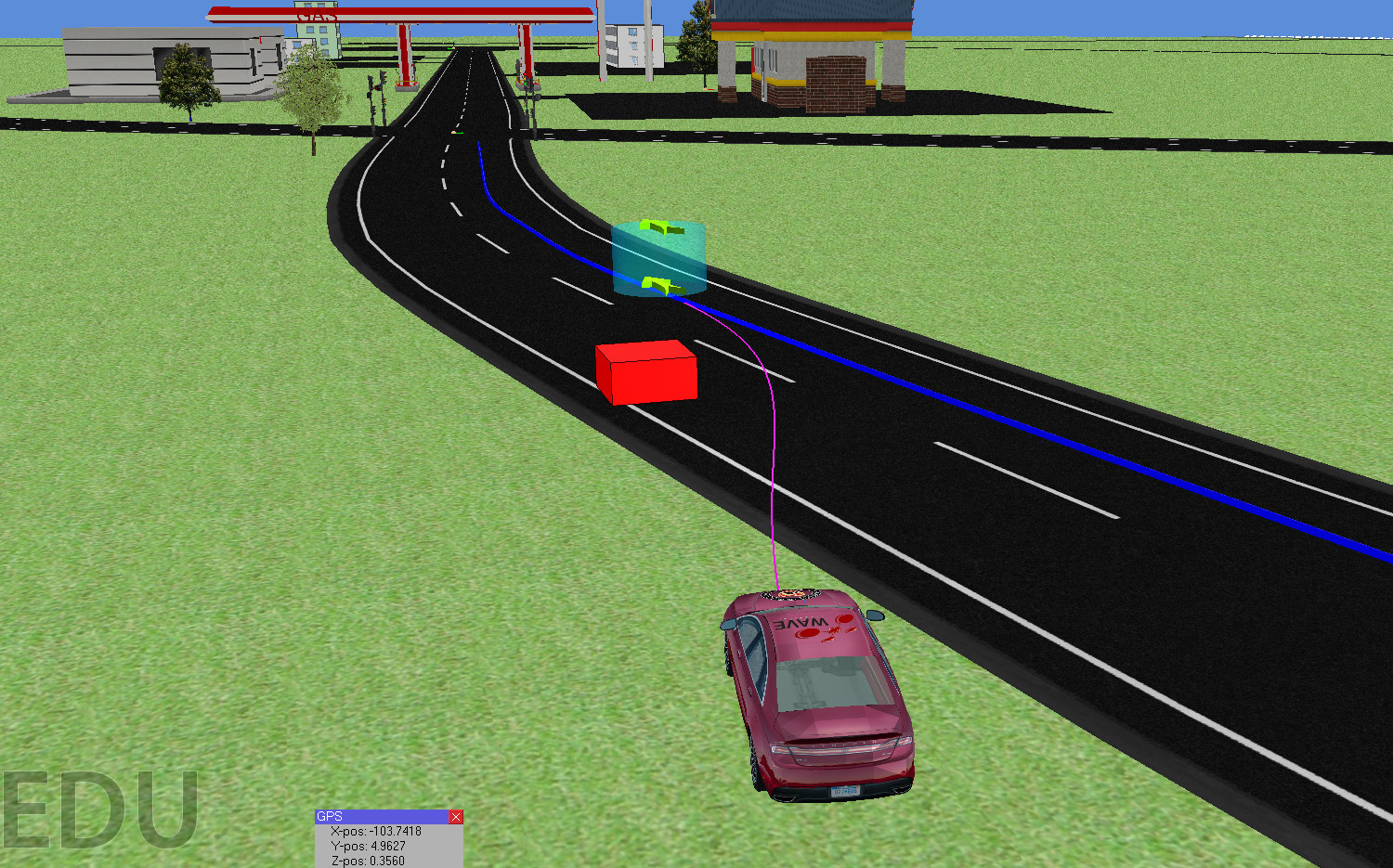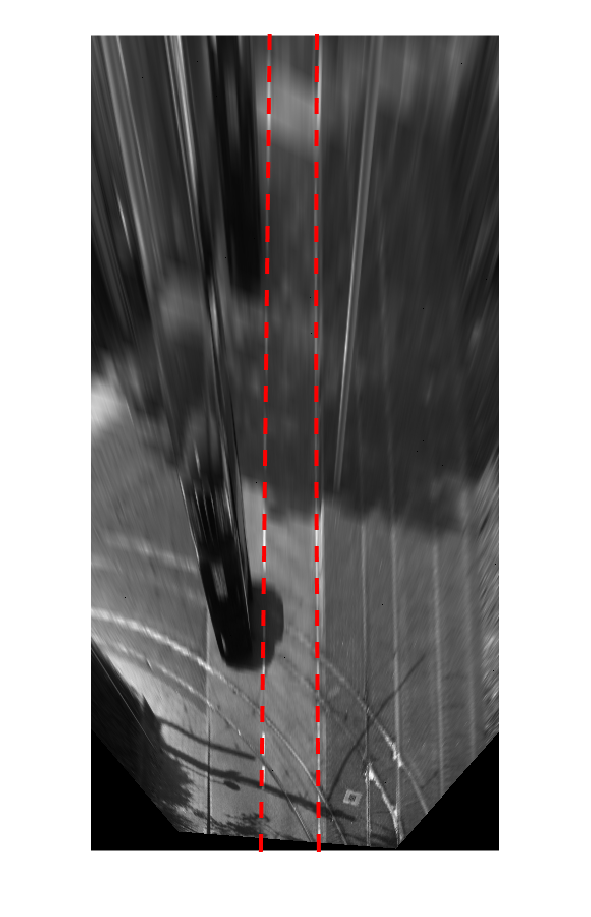Informed Data Selection and Integrity Monitoring for Visual SLAM

Informed Data Selection and Integrity Monitoring for Visual SLAM
Informed Data Selection:
Visual navigation algorithms pose many difficult challenges which must be overcome in order to achieve mass deployment. State-of-the-art methods are susceptible to error when measurements are noisy or corrupted, and prone to failure when the camera undergoes degenerate motions. The visual navigation problem increases in difficulty when implemented on a micro aerial vehicle (MAV), as the low payload requires the use of computation platforms with limited processing power. Modern sensors, and especially cameras, are capable of streaming data with extremely high update rates, which pose processing challenges to the computationally constrained MAVs. To that end, the vehicle could be equipped with fewer sensors, or the data rate could be decreased to accommodate modest processing units, however, estimation accuracy degrades dramatically with fewer tracked features, and with low update rates. Ideally, the algorithm should be designed to evaluate the data streams, then actively configure the sensor cluster and select the measurements which contain the most valuable information for SLAM, allowing the MAV to complete its task efficiently. Informed data selection is especially important for cameras, as the image stream is generally very high bandwidth, and the image measurements, are especially prone to error.
Parity Space Outlier Rejection:
Camera egomotion estimation can become imprecise when outliers are present within the observed measurements. Typically, random sample consensus (RANSAC) approaches are used to perform outlier rejection, however the use of RANSAC can become computationally expensive for visual odometry, as the system state and feature reprojection error must be computed at every iteration. The parity space approach provides methodology to perform computationally efficient consistency checks for observations, without having to explicitly compute the system state. We have demonstrated two outlier based rejection techniques, Group Parity Outlier Rejection and Parity Initialized RANSAC which use the parity space approach to perform rapid outlier rejection. The proposed methods are applied to the LIBVISO2 visual odometry algorithm and are tested using the KITTI vision dataset. Experiments demonstrate the proposed approaches are able to compute solutions with increased accuracy and improved run-time when compared to RANSAC.
Entropy Based Keyframe Selection:
While many state-of-the-art visual SLAM algorithms use keyframes to help alleviate the computational requirements of performing online bundle adjustment, little consideration is taken for specific keyframe selection. In this work, we propose two entropy based methods which aim to insert keyframes that will directly improve the system’s ability to localize. The first approach inserts keyframes based on the cumulative point entropy reduction in the existing map, while the second approach uses the predicted point flow discrepancy to select keyframes which best initializes new features for the camera to track against in the future. We implement the proposed methods within the Multi-Camera Parallel Mapping and Tracking framework, and demonstrate the effectiveness of our methods using ground truth data collected using an indoor positioning system.
References:
. Outlier Rejection for Visual Odometry using Parity Space Methods. In IEEE International Conference on Robotics and Automation (ICRA). Hong Kong, China; 2014.
. Entropy Based Keyframe Selection for Multi-Camera Visual SLAM. In IEEE /RSJ International Conference on Intelligent Robots and Systems (IROS). Hamburg, Germany; 2015.




















